Tag: new Teacher
-

Tips For Reaching Students With Autism
Teaching a student with autism can be a challenge. Their learning styles are often different from those of most other students, and it may even seem that they are taking no interest in the lessons. Usually, however, this is not the case, and the student is simply overwhelmed and needs lessons tailored to the way…
-
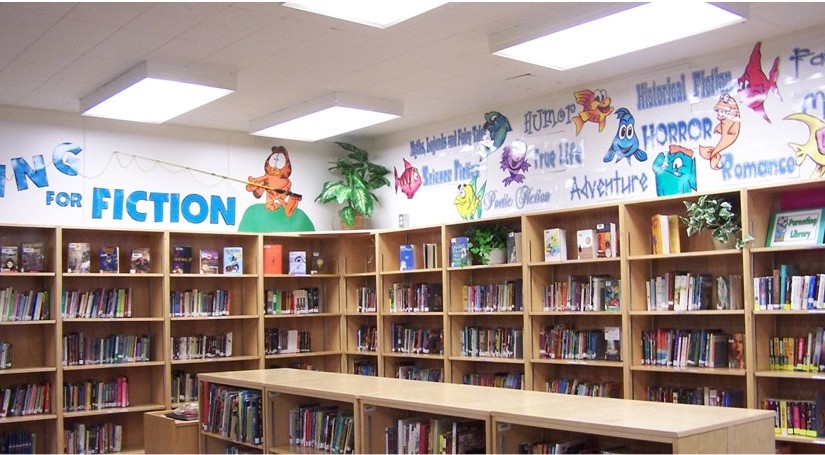
Making the Library a Space Children Want to Be
Libraries can play an important role in children’s lives. They are a safe place to spend time and discover the joy of reading. Libraries are also spaces for community—places to play and discover, imagine and inspire, learn and study, and even take some much-needed quiet time. But children won’t flock to the library just because…
-

Ten Teacher Appreciation Gift Ideas
When things get busy during the year, it can be easy to overlook what a fantastic job your child’s teacher is doing. Teachers put in much more time and effort than we might realize, often going above and beyond in order to give our kids a great education, so the end of the school year…
-

Promoting Summer Reading
Reading is more than a great way to pass the time. It expands vocabulary, develops empathy, and improves analytical skills. Research has also shown that how much a child reads over the summer has a strong correlation to how much they retain from last year’s lessons—the more a child reads, the less of a “summer…
-

Reading: 20 Top Tips for Teachers
Reading is an important part of anyone’s life, and for a child, the ability to read can help send them to different worlds full of adventure, fun, and education. Of course, we are not all born with a reading ability ingrained into our minds! Children must be taught how to read, and whether they learn…
-
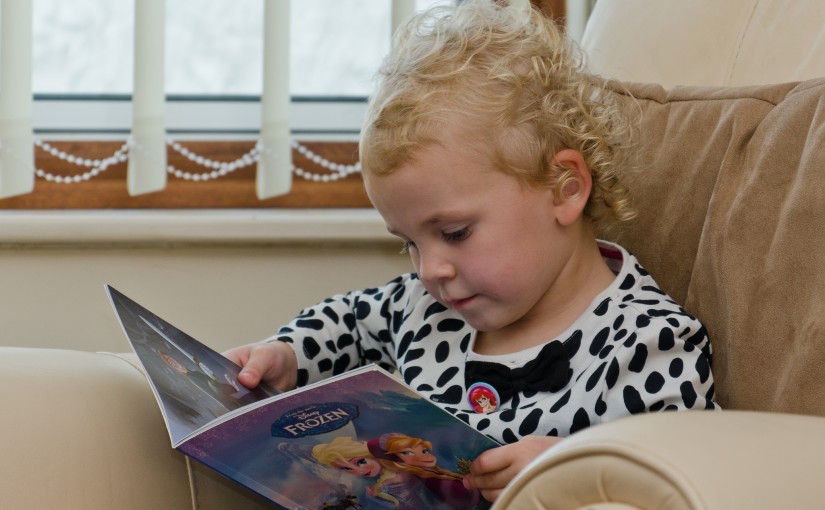
20 Ways to Teach a Child To Read
Learning to read a major milestone and rite of passage for any child. And yet, one in four children in American grow up without becoming literate, according to DoSomething.org. Weak reading skills makes it harder for a child to succeed in school and work, and is even linked to greater risk for dropping out of…
-
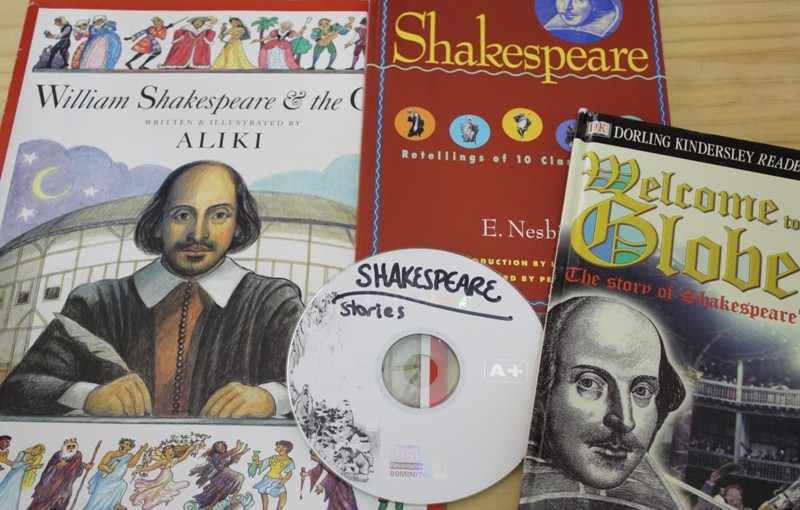
Shakespeare Made Fun
You’ve likely heard your students complain about Shakespeare before. Every teacher has. He is hard to read. His work is boring. His work is not easily relatable. As a teacher, you know these complaints are quite untrue except perhaps for the difficulty in reading Shakespeare’s English. But how do you share the joy of…
-
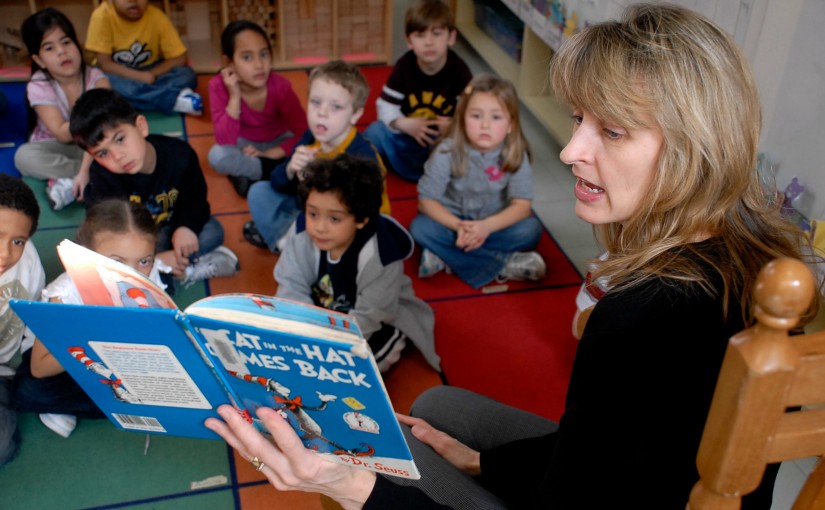
Teaching New Vocabulary Words
Learning vocabulary an important part of education and life at any age. In fact, several markers of success in life have been correlated to having a larger vocabulary. In addition to this, keeping your students at grade level standards for vocabulary comprehension is critical for passing standardized assessment like Common Core’s PARCC tests. But it…
-

Using YouTube in the Classroom
As technology becomes more integrated into education methods, utilizing YouTube in the classroom is a trend on the rise. Early studies testing its effectiveness are proving promising. In high school classrooms in Detroit, a video-enabled flipped classroom program helped reduce the fail rate for freshmen English and math classes by more than half. Additionally, semester…
-
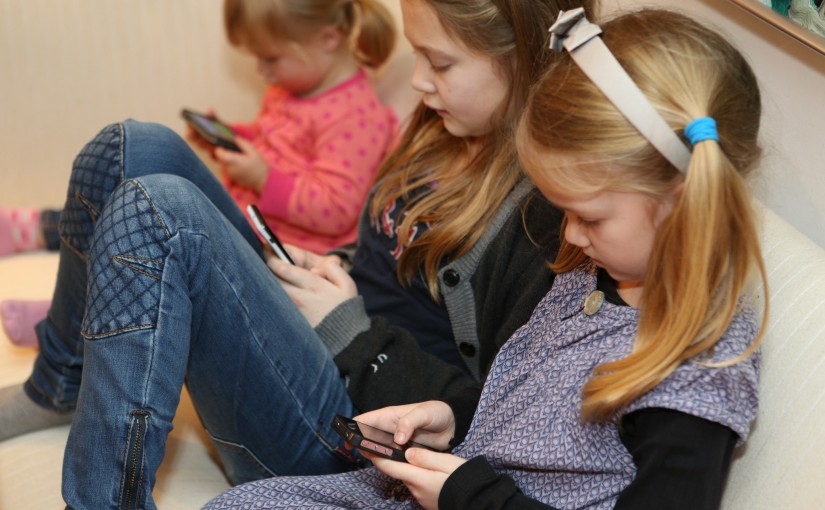
Using Devices in Elementary Years
When you think of children in the classroom, it is likely that your mind turns to studious heads bent low over notebooks, textbooks and worksheet handouts. It is likely you think of children turning in handwritten assignments, and if they are very young, learning to read and write like you did as a child. It…